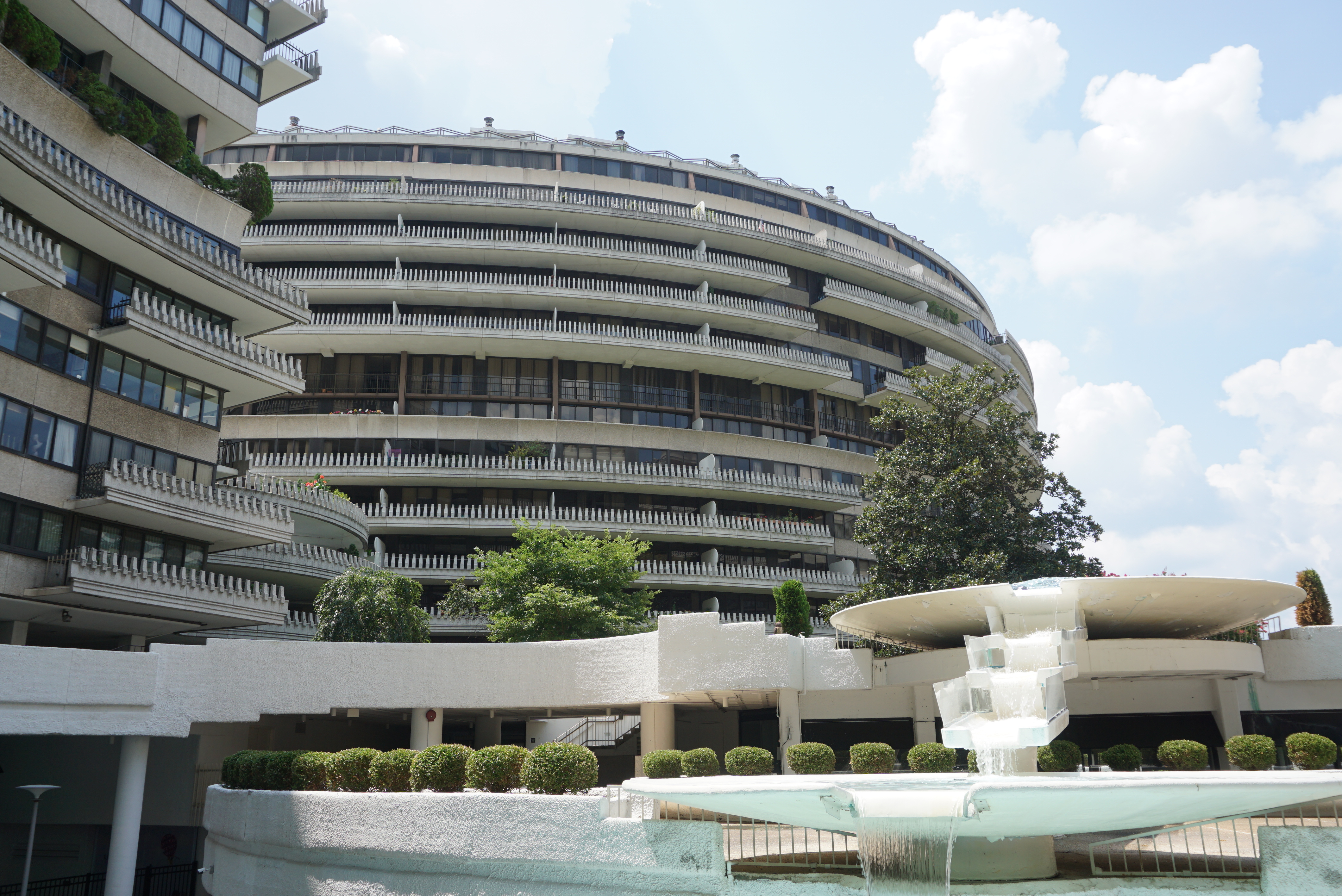
As an editorial intern, I’ve written stories for the Trust’s website as well as its quarterly magazine, Preservation. Not only have I had the opportunity to work in the (beautifully renovated) Watergate Complex where one of the nation’s most infamous political scandals transpired, but I’ve also gotten to learn about incredible stories of all sorts of work people are doing across the country to preserve local history and share it with others. I grew a lot professionally, working independently to research, write, and edit web and print stories, but also doing a lot more interfacing with staff from other nonprofits than I’ve ever done before.
All in all though, it was fascinating to see the workings of a nonprofit ten times the size of most I’ve worked in before. It was also neat to gain a better sense of the city I’ve lived my whole life in the shadow of. Overall, I found it most fulfilling to bring stories of the incredible work that a diverse group of dedicated individuals are doing across the country to uncover and pass on the past in their town or city. Once I got on the phone to interview someone about their work and heard how passionate that person was about their local history, a project felt a lot more exciting.
My first web stories for the Trust’s SavingPlaces.org were two interviews with authors of books relating to historic places.
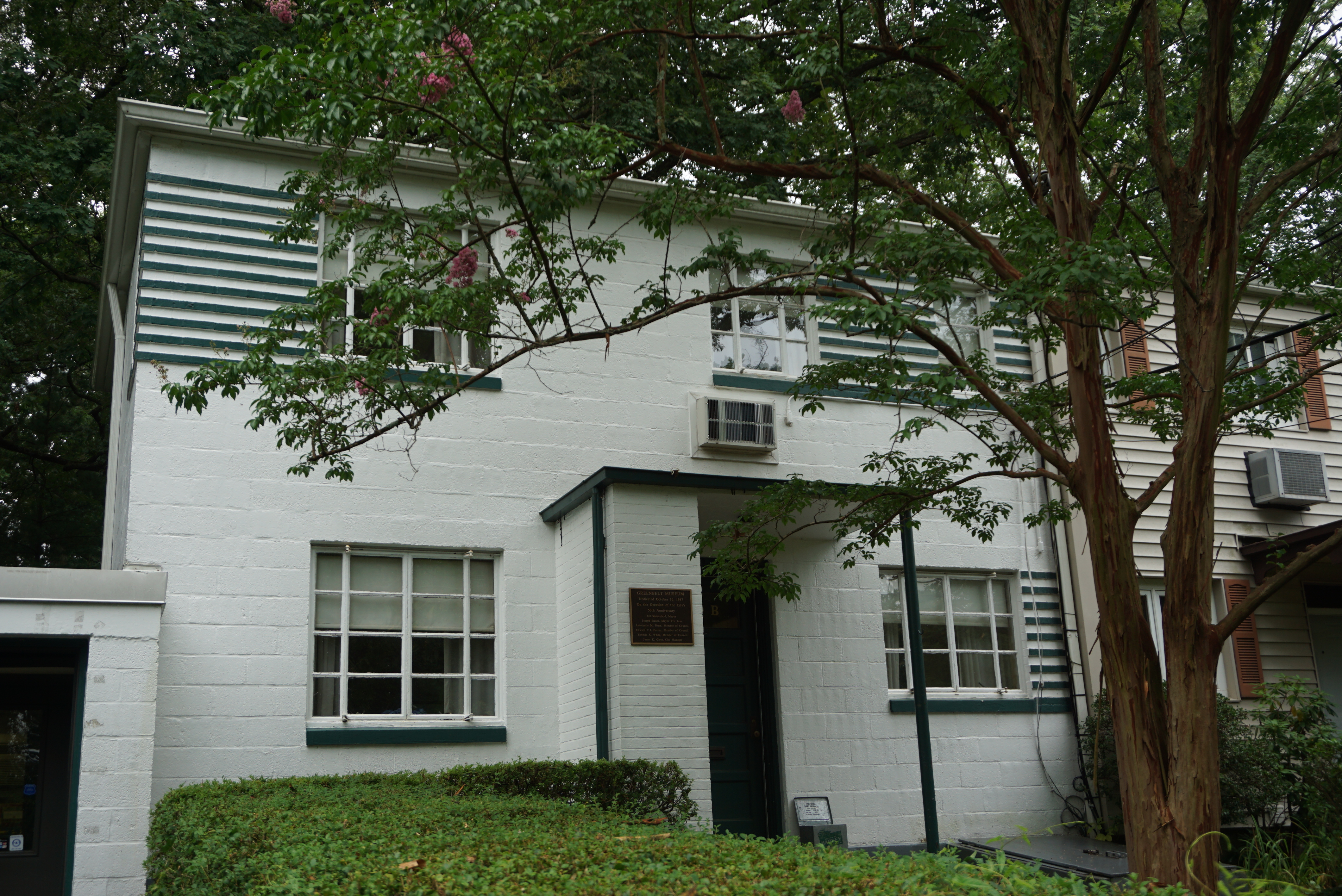
Chasing Utopia: A Photographer Uncovers Visionary New Deal-Era Towns
Very first was Jason Reblando‘s photography book, New Deal Utopias, which looked at the three Greenbelt towns the FDR administration built during the 1930s to experiment with planned communities that would allow people of a variety of cultural and socio-economic backgrounds to live together in affordable housing. I was excited because I had recently learned about these towns in a senior history course and had been shocked to find out that the town of Greenbelt, Maryland, a place I’d grown up passing signs for on the way to Ikea, was one of these planned communities. How had I spent over two decades less than thirty minutes away and not known? I decided to head over to check the place out one weekend, taking a tour of a house the Greenbelt Museum has restored to its delightfully retro appearance inside and out.
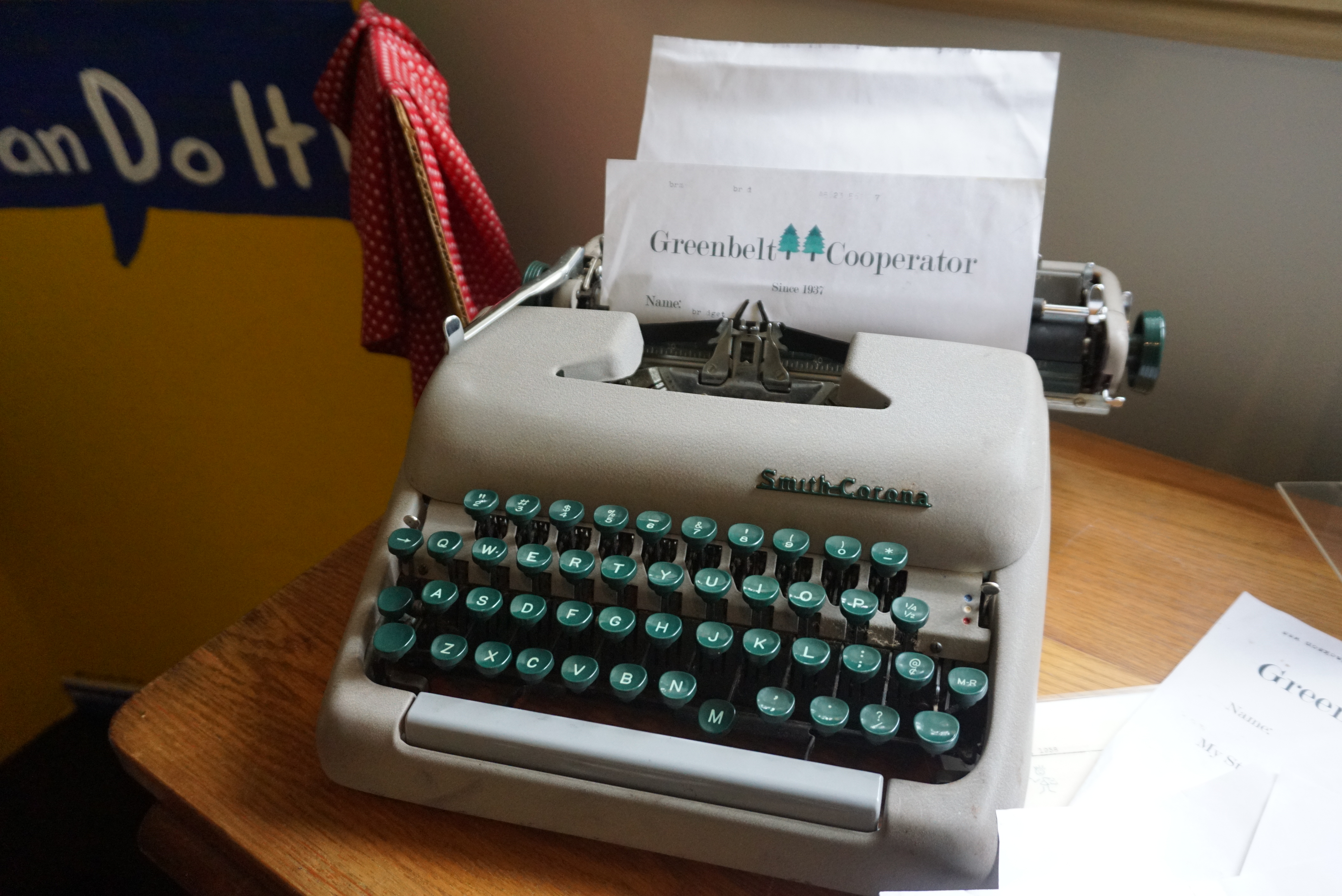
The story was great first piece because I had come from working at a Shaker village museum earlier in 2018, the very embodiment of the concept of “utopia”. I’ve always found this concept fascinating…and so has the rest of America, apparently. I was intrigued by Reblando’s conception of these New Deal planned communities being a continuation of the ultra-American pursuit of Utopia–so often we associate the idea with the early 19th century and then leave it there to scoff at these “failed experiments”, but the concept does keep popping up in different forms: planned communities, hippie communes, cults, etc. And beyond that, the sentiments behind the concept live on: most of us have ideas about how society needs to change to make our lives better.
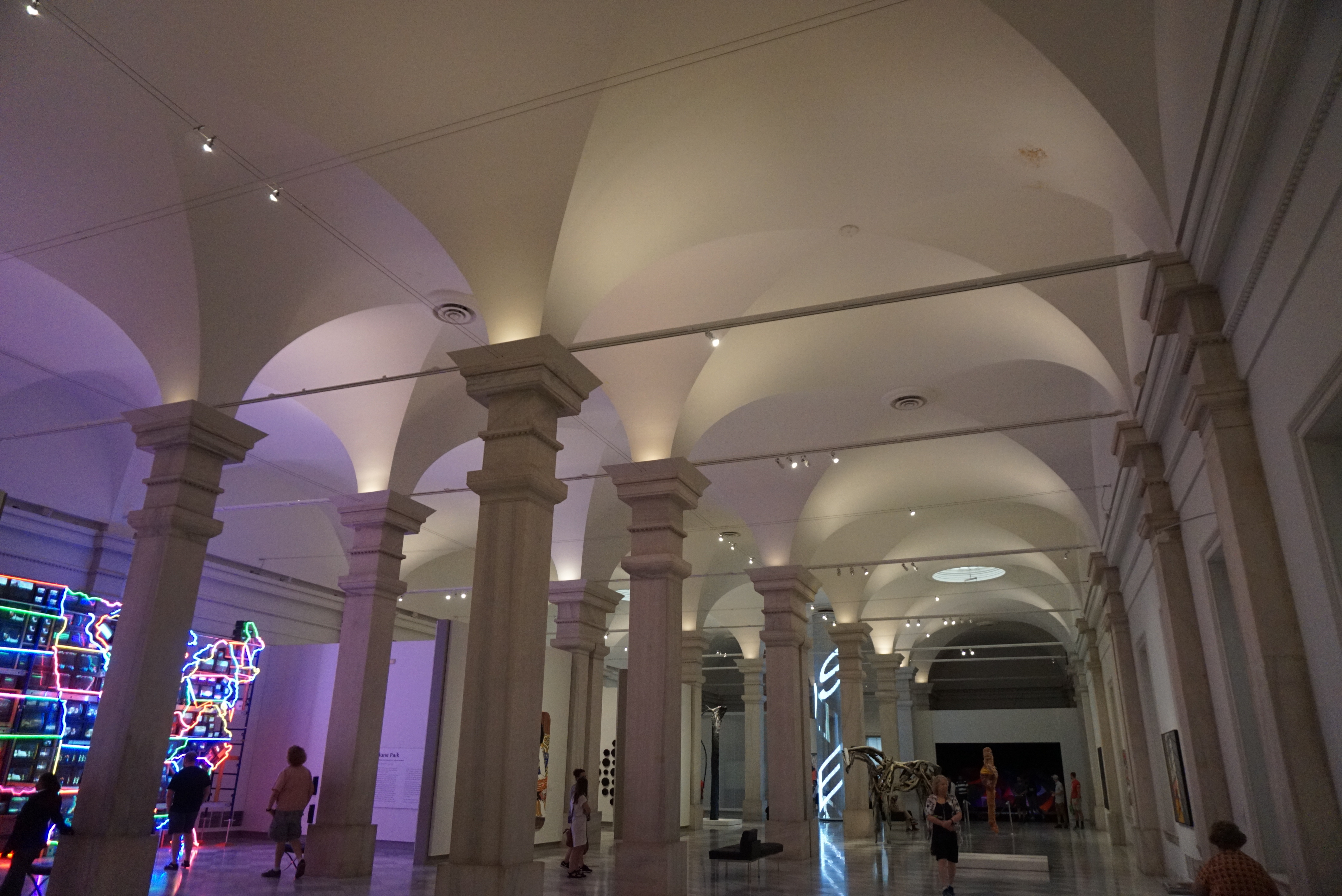
Mr. Whitman Goes to Washington: 4 Places from D.C.’s Overlooked Literary Past
Another web story inspired by a book followed, this time A Literary Walking Tour of Washington, DC by the effervescent Kim Roberts, a writer who has spent year documenting the literary ties of DC places on her website, dcwriters.org. At first, I figured I would do another Q/A-style piece, but the story developed into a guide highlighting some of the specific historic places Kim wrote about her books. I wanted to represent, as Kim did so well, a variety of time periods and types of writers, but the real challenge came in that I could only highlight publicly accessible places (aka no private homes) due to privacy concerns.
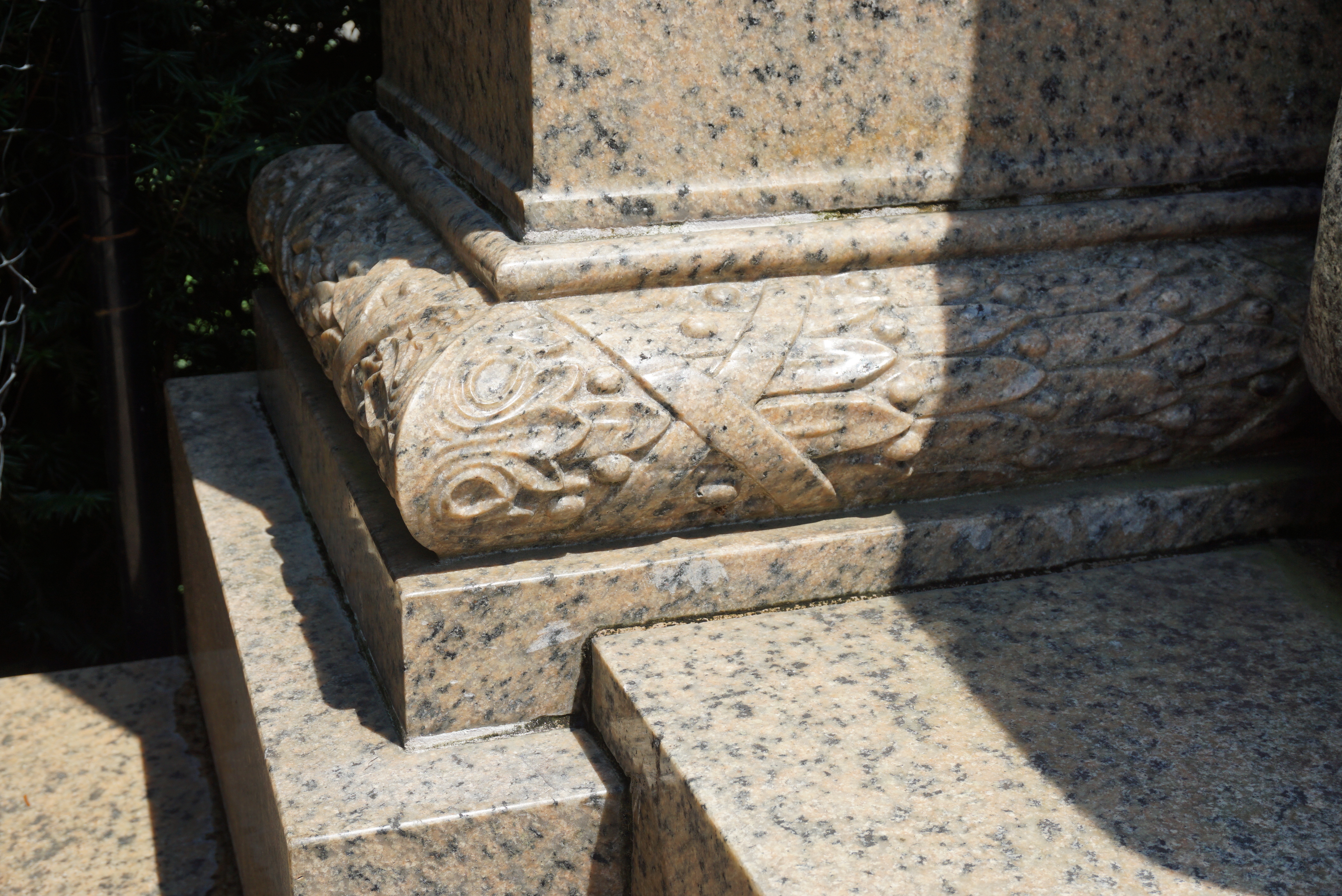
Overall, it was exciting to get out and visit and photograph some of the places on my own time, and learn some stories I had never heard of about beloved DC locales like the National Portrait Gallery, and visit some new spaces. Most interesting was researching the sculpture of writer Henry Adams’ wife, Clover, who died by suicide. I had seen a study of the sculpture at an exhibit on the sculptor, Augustus Saint-Gaudins, at the Currier Museum of Art while working in New Hampshire earlier this year, and I immediately fell in love with it, entranced by all the powerful emotions it conveys without words. I noticed the original was in DC, but quickly forgot. It was very poignant to have this ethereal sculpture re-enter my life and to experience visiting the introspective outdoor room Adams created for the larger-than-life memorial to his wife.
Modernist Sculptor’s New York Studio Has Its Signature Skylight Restored
While working in the spiffy, remodeled Watergate building and getting free coffee has had its perks, part of me has admittedly dearly missed the unique atmosphere of museum work. It was nice to dip my toes back into that world while writing about the Renee and Chaim Gross Foundation, a historic site and museum in Greenwich Village, and the day-and-night restoration of the studio’s skylight. Sasha Davis, the museum’s director, was remarkably knowledgeable and cogent, and although I had never heard of Chaim Gross, his life is a fascinating one that intersects with many hallmark parts of American history: Ellis Island, Modern art, the arts in New York City, etc. The renovation of the skylight itself was one of my favorite “before and afters” I got to see throughout this internship.
7 Instagrammers Who Showcase America’s Historic Places
The most interesting thing about doing these web stories was seeing the range of people involved in public history and preservation work, and I feel that is really embodied in this story. The Trust does a great job of using social media to engage people in its cause, especially Instagram, where the Trust encourages folks to use the hashtag #ThisPlaceMatters to share special places in their community. I looked through hundreds of these posts to find some people who have great feeds that showcase historic architecture and got in touch with them to learn more about their passion for old places. I ended up having a fascinating mix of people who study historic buildings for their career and those who just do it in their free time.
An Art Deco Theater in Puerto Rico Finds New Life As a Bakery
This was one of those stories that started off as a head-scratcher but ended up being one of my favorites once I got to talk to the people who did the renovation and hear their passion for the project. When I first got the story assignment, there was just a vague email with a picture or two of a bright blue Art Deco building, albeit a beautiful one. I could see the appeal of the façade, but I couldn’t find much information about the building online or its renovation and get an idea of the story.
Once I started talking to the father/daughter team who renovated the former theater, I immediately saw the powerful story of sacrifice, vision, and love for history and community. As I told them at the end of the call, it was inspiring to–after months of sitting in a cubicle with my eyes glued to a screen–talk to people who were actually out doing preservation.
Throughout the internship, I struggled from time to time with the conflict between my personal gravitation towards stories and history as opposed to the focus of the Trust’s publication–architecture and the process of rehabbing and restoring buildings to physically preserve them. Stories like this helped bridge that gap for me because the story was so obvious, but the details of the renovation fit seamlessly into that more human narrative.
The Revival of an Austin Cemetery Chapel
Full disclosure: This was another head-scratcher at first glance. (And maybe second.) I didn’t see the appeal of reading about a cemetery chapel. As cute as the little Gothic Revival building is, it’s still located in a cemetery…but I was proved wrong again. Perhaps the language of contractors, project managers, and architects will never make sense to me, but while the details of this building rehab may have been Greek to me, I was fascinated by the projects intersection with public history, the subject of my undergraduate study!
As I did my research and talked to the fine folks at Austin, Texas’ Parks and Recreation Department (no, none of them were named Leslie Knope, unfortunately), I found that the chapel and surrounding cemetery are a microcosm of the town’s history, particularly its past racial and socio-economic tensions. I was also intrigued to learn that cemeteries are attracting more and more attention in the realms of public history and preservation, and rightly so. They do have so much to tell us, and they are places of strange beauty–as eerie as it may be. Funerary art is fascinating and can tell a lot about cultural values. Not to mention, I think an important part of history is preserving the memory of people who have now died, whether famous or not.
While writing this story, I read articles about city’s bulldozing graveyards to make parks or removing headstones for other reasons. Cemeteries aren’t always under such obvious threat though–oftentimes it’s more a problem of decay and neglect. I personally think it’s exciting to see people like the staff at Austin’s Parks and Rec Department and Save Austin’s Cemeteries making cemetery care and interpretation a priority, not to mention making difficult decision about how to respectfully honor people whose graves have decayed or been disturbed. Hopefully these pioneering efforts will encourage more local history groups and government departments to make use of these often-overlooked teaching tools.
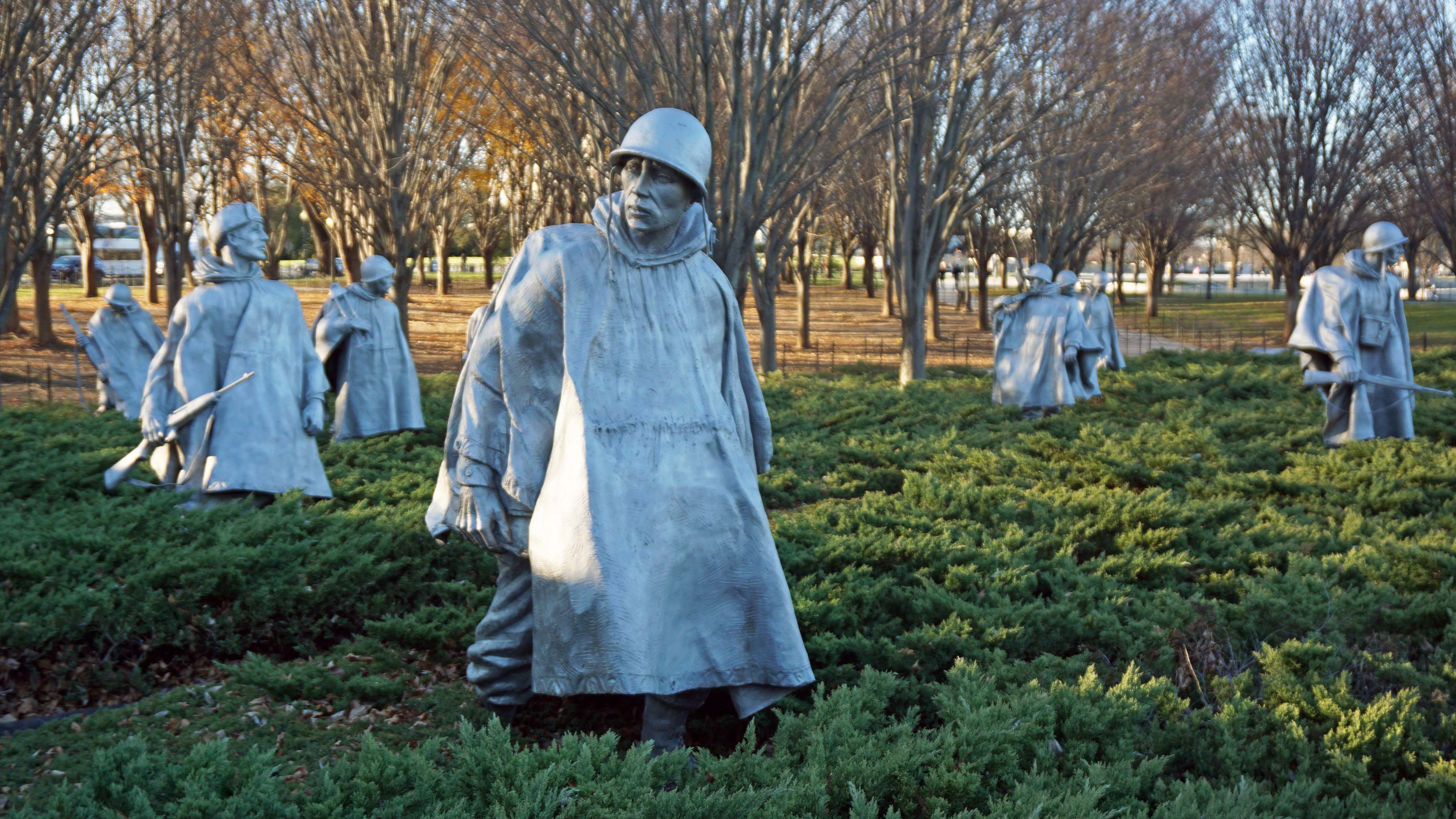
40 Under 40 Places is a project that the Trust has been working on putting together for the better part of 2018. It’s meant to highlight 40 remarkable places–from buildings to parks to memorials–that are under 40 years old (buildings typically need to be 50 years old to be considered historic) in an effort to raise awareness about thinking proactively about preservation BEFORE a place is endangered.
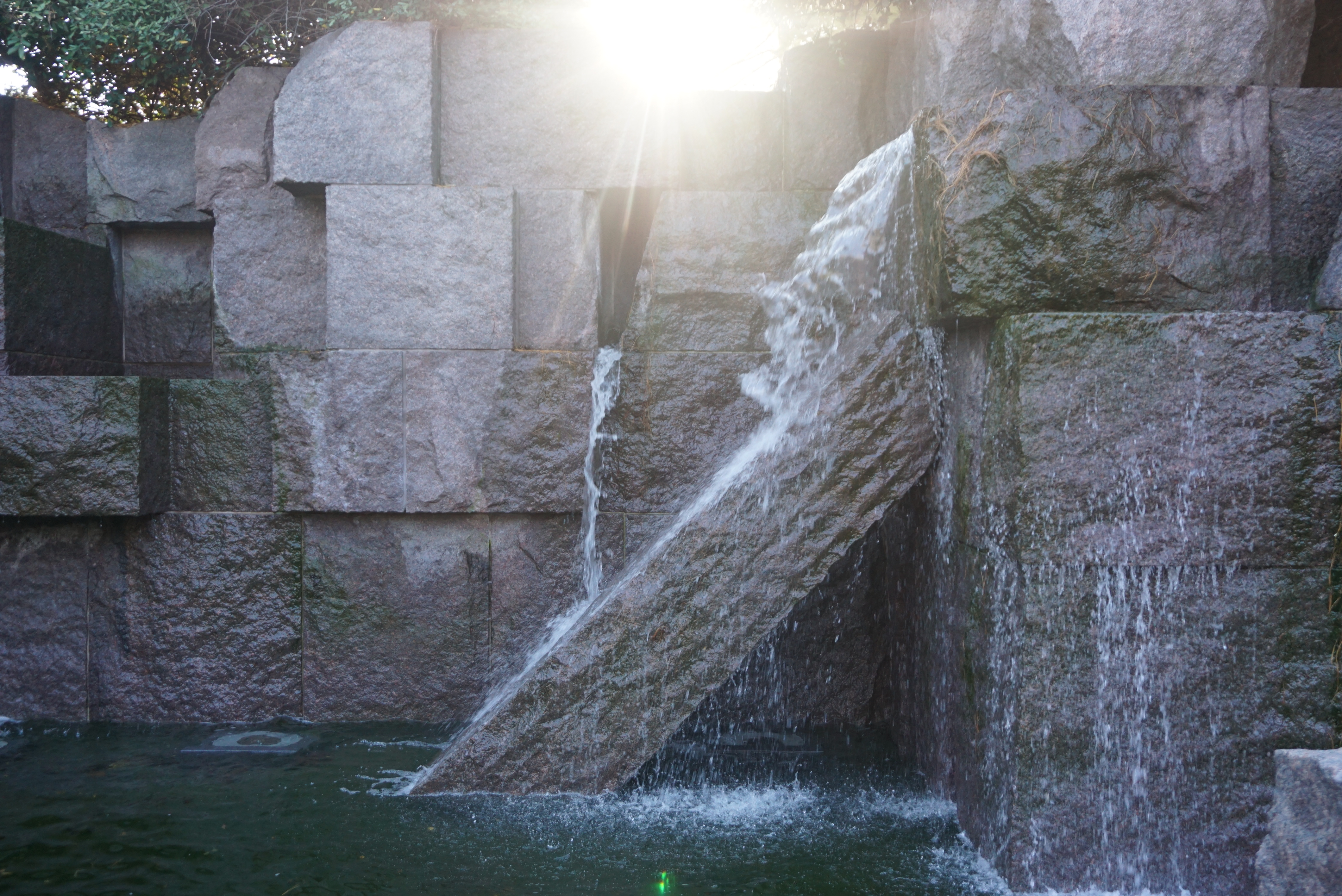
This was a very stretching, multi-faceted project that included securing photos, collaborating with staff from other organizations, and doing an extensive amount of research…which then had to be communicated concisely. It was a challenging story, but I grew and learned a lot while doing it, and I finally got downtown to see several famous memorials I’ve never really taken the time to see. (Fun fact: It is a four-mile walk from the Smithsonian metro to the WWII, MLK Jr., FDR, Korean War Veterans, and Vietnam Vets memorials and then back to the metro.) The histories of monuments, museums, and memorials are fascinating though…Did you know Elizabeth Taylor helped persuade people to support the controversial Vietnam Veterans Memorial while she was married to Sen. John Warner? I like to think she was an integral part of making the Mall what it is today.
A Local’s Guide to Providence’s Reimagined Historic Spaces
This was my last web story, due the day before I finished work at the Trust, and I am so glad I got to end with this project because it was very fulfilling. I first interviewed preservationist Liz Warburton for the back page of the Winter 2019 issue of Preservation magazine. The magazine features an Instagram photo each issue that was posted with the Trust’s #ThisPlaceMatters hashtag, and we chose the very worthy Warburton’s shot of an adorable pharmacy building in Lake Saranac, New York for Winter 2019.
Not only is Liz a great (camera) shot, but she also works in preservation, so we thought she’d be fantastic to collaborate with for a photo essay. The Trust has a pretty standard format for photo essays, so when Liz came back to me with a great but ambitious idea about highlighting places around her native Providence, Rhode Island, that have been revitalized using historic tax credits, I was excited but a little apprehensive as to how to mesh the vision with our typical format. The end product we worked out ended up being exciting and informative, and Liz took some incredible shots of the city in just one weekend!
You can find the complete list of stories I wrote for the Trust here.